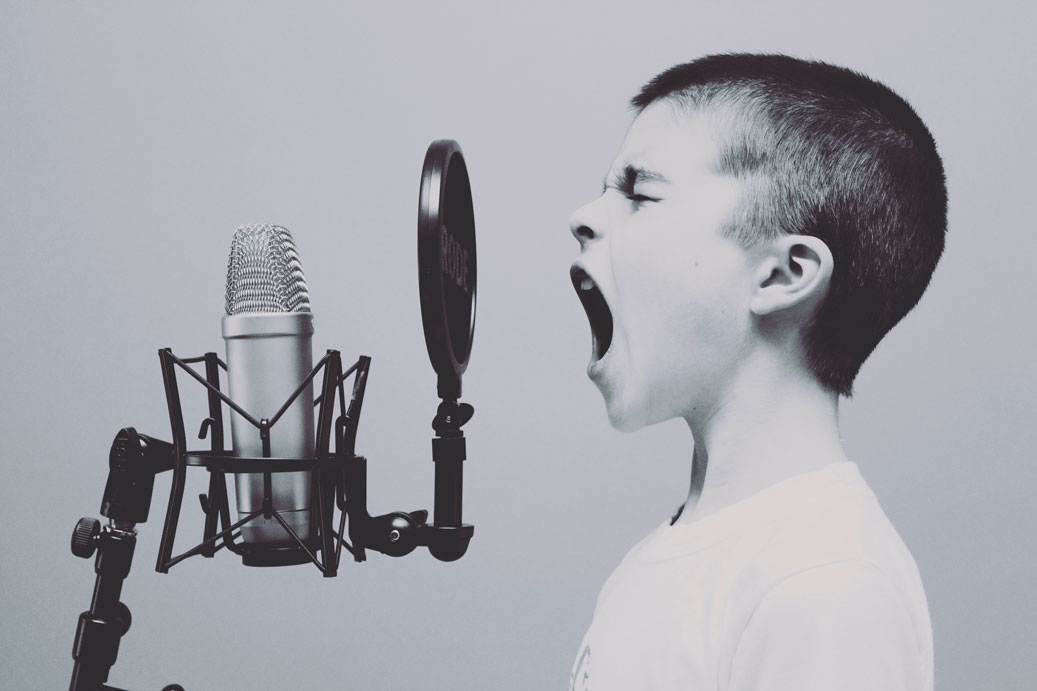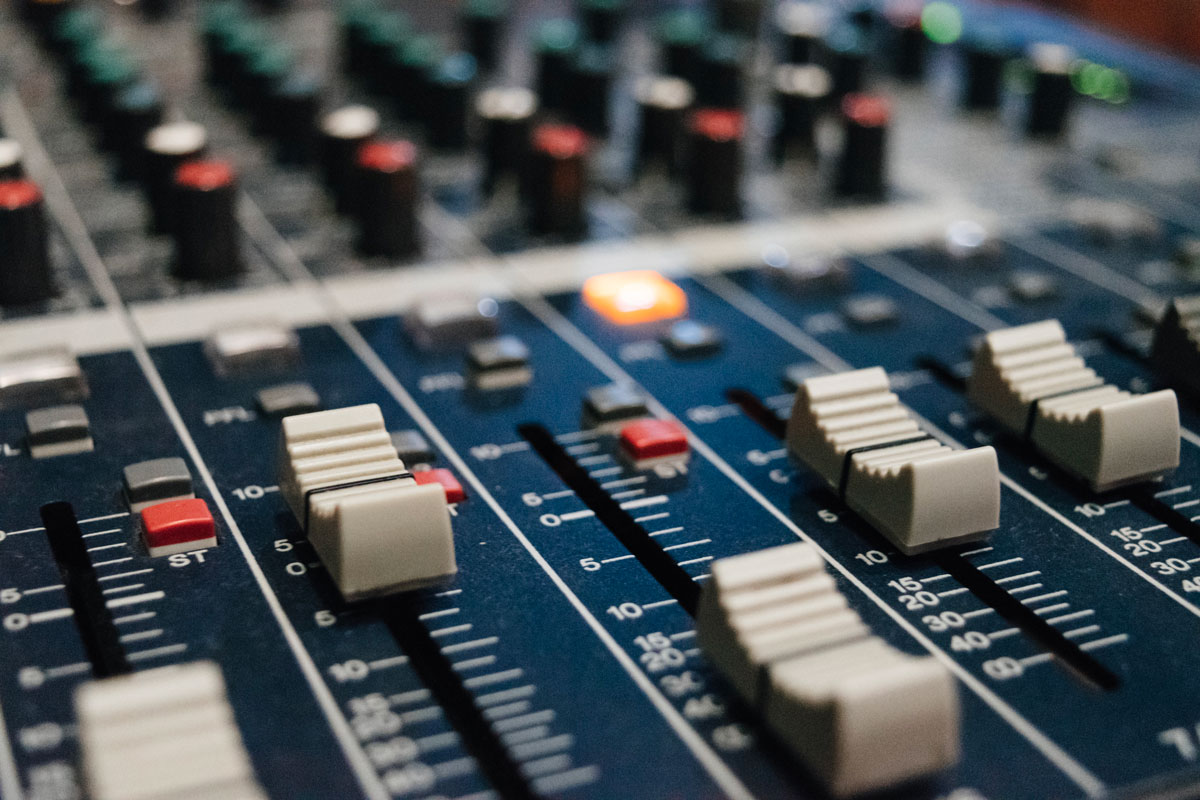Listen to our blog article here:
When it comes to the radio world, broadcasting live is a great way to connect with your listeners and encourage loyalty. By going live on air, your audience has the possibility of interacting directly with your radio and creating unique moments.
However, don’t rush into a live show without taking a few precautions and preparing yourself beforehand. Today, we’re sharing some tips to avoid common mistakes and obtain a real professional result!
Avoid Parasite Noises
This is probably one of the most obvious mistakes, but avoiding parasite noises isn’t as easy as you might think! To start a live broadcast, it’s essential to be in a calm environment, but it doesn’t stop there. The sources of parasitic noise can be much more varied than simple background noises caused by traffic or your household appliances.
For example, if you are on a parquet floor, you will need to be extra careful not to make noise compared to a carpeted floor. The same goes for furniture that creaks at the slightest movement.
Don’t forget that your set-up plays a big role when it comes to parasite noises. Touching your microphone stand or moving the cable is very likely to cause noises that will be perceived by your listeners.
Your own movements should also be limited. Tapping your foot, scratching your beard, leaning back in your chair too often, breathing hard, coughing, etc: these are all noises that can obstruct the synergy between your audience and your content.
This is the first step to an enjoyable live broadcast so remember to pay special attention to the points mentioned above!

Have good quality equipment
Next step: the equipment. Even if, technically, running an online radio station only requires a computer and an Internet connection, we recommend that you invest a minimum for live broadcasting. But there’s no need to panic!
Nowadays, good quality material is available at an affordable price. Therefore, we can easily equip ourselves with the necessary tools for less than $600. So what do we mean by “necessary equipment”?
The term “live broadcast” goes hand in hand with talk shows and, consequently, microphones. There are now excellent studio microphones for around $150. Careful, depending on the configuration of your studio set-up (microphone near or far from you? Right in front or off-center? Background noise to be avoided?) as well as the format you offer (one or more speakers?), your needs in terms of microphone will evolve.
🎙 Discover our selection of microphones under $160 (2021 edition)
Another essential: headphones. It’s very important to wear headphones that will give you an accurate preview of what your listeners are hearing, including those potentially equipped with a great sound system.
Just like microphones, you can find a great quality pair of headphones for less than $160.
🎧 Discover our selection of headphones under $160 (2021 edition)
Finally, you may need an audio mixer too. This will depend on your set-up (the number of microphones for example), and will also allow you to have better control of your audio inputs and outputs. Here again, we’ve picked out some affordable models that are ideal for getting started!
🎚 Discover our selection of mixers under $160 (2021 edition)
After these rather obvious tips that deserved some clarification, let’s move on to the mistakes that we don’t necessarily think about!
Optimize your bandwidth
Here’s a subject that has taken on all its meaning and full scope since many of us have started working from home on a daily basis! When you broadcast live on your radio, your internet speed is a crucial resource. With a low bit rate, the sound quality of your broadcast will be greatly impaired, without you being able to hear it via the feedback of your headphones.
The good news is that nowadays, with the advancement of technology, it’s rare to have an insufficient internet connection to stream compressed audio. However, if this is your case, be sure to do your best to limit your bandwidth usage.
To do this, we invite you to: cut off all downloads, reduce the number of open websites at one time and cut off the various devices connected to your WiFi. You can also equip yourself with a monitoring tool to keep an eye on all this!
🌐 Bandwidth: estimate the needs of your radio station
Prepare your show
The content of your live will hardly live on its own! Before going live on air, establish the content of your ideal show. This is what we call a script. By being prepared, your show will be much more enjoyable and lively, and you’ll find yourself more relaxed.
Besides the show, prepare yourself too! You need to master your live broadcast from A to Z. This doesn’t just mean knowing your content inside out, but also being prepared to allow room for improvisation when necessary. It’s also about being able to handle situations such as a technical issues, a guest that’s going off-topic, roadworks, and many other possibilities.
If you want to dig deeper, we invite you to follow lesson n ° 5 of our Radio Academy dedicated to the success of your first live broadcast:
🎓 Lesson n°5: How to prepare your first live broadcast?
Last tip for this part: don’t forget the music! Playing 1 or 2 songs regularly allows you to take a break, refocus the subject and check that everything is going well technically. Keep reading to discover our recommendations.

Find a balance between music and voice
Indeed, we think it’s important to keep playing music even during a live broadcast. But be careful not to make silly mistakes that can ruin the experience for your listeners.
When playing music and speaking at the same time, keep an eye on the audio level of both tracks. The music should be audible without overpowering your voice. To do this, lower the music track by at least 10db compared to the voice track.
Top Tip: avoid speaking over lyrics. Choose a song without lyrics to illustrate your point. In the case of a song with lyrics, speak only during the musical intro or outro.
The last simple mistake is leaving your microphone on when you are not speaking. We invite you to always turn off your microphone during a song. To avoid the “popping” sound when turning off the equipment, we recommend that you lower the volume to the minimum if possible, taking care to put it back to the same level when you want to speak.
Articulate when live
Another mistake that is unfortunately still too common is a lack of clarity in the voice. It’s such a shame to have a technically perfect live show ruined because of this simple mistake.
You can easily find exercises online that you can practice right before your live show. You can also check out this article for our top tips!
Remember to relax your jaw, take a deep breath and….
Have fun!
This is probably the most endearing factor in live radio. A presenter who is having a good time on air naturally radiates a communicative joy and can even make you forget about minor technical mistakes (which you have already avoided by following this article of course!).
By approaching your live show as a moment of exchange and pleasure, you will eliminate the pressure or anxiety. Not everything will be perfect on your first try, but you’ll get a little better each time, so get out there and have fun!
We hope that this article will help you prepare your live radio shows and avoid these common mistakes! Don’t have your own radio station yet? Launch your free 7 day demo today!
